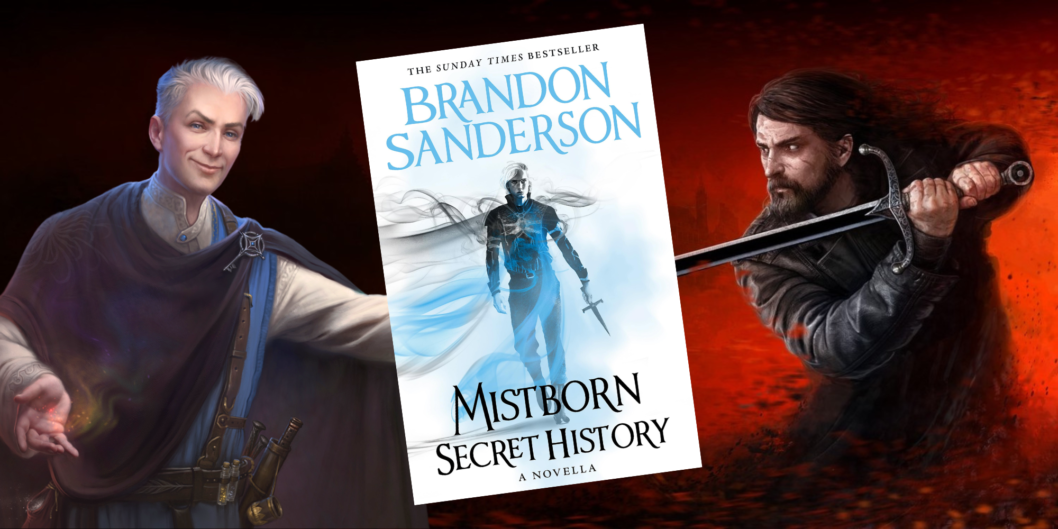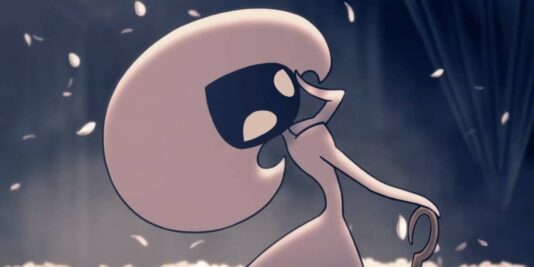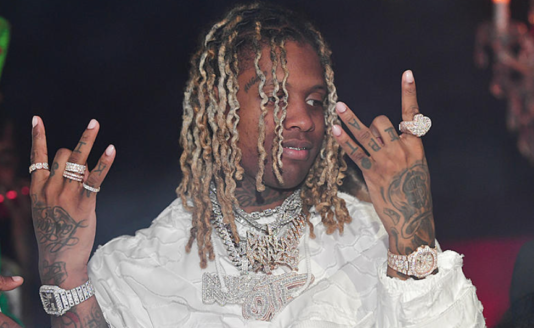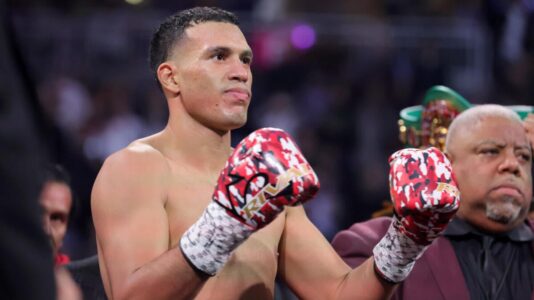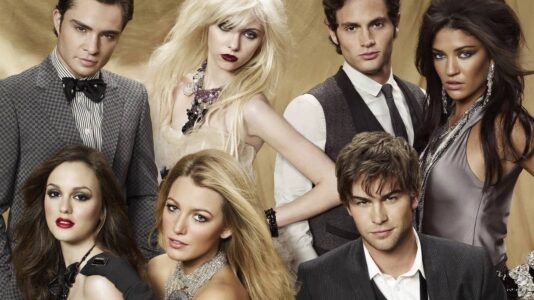Brandon Sanderson Critiques the Antihero Trend in Pop Culture
In a recent lecture streamed to his avid fan base, bestselling author Brandon Sanderson, known for his expansive Cosmere universe, shared his thoughts on the evolving portrayal of the "antihero" in contemporary pop culture. Sanderson emphasized that the term has become somewhat diluted, particularly exemplified in the works of Marvel Comics, where characters like Deadpool and The Punisher challenge traditional hero archetypes. He pointed out that while antiheroes are often protagonists, they differ significantly from true heroes, primarily driven by selfish motivations rather than virtuous ones.
Understanding Antiheroes
Sanderson elaborated that heroes traditionally embody admirable traits, facing moral dilemmas that enrich their journey. In contrast, antiheroes often lack these moral qualities, engaging in actions that yield heroic outcomes without the foundation of virtue. His critique comes at a time when pop culture is saturated with antihero narratives, potentially blurring the lines for audiences regarding what defines heroism.
Sanderson’s Pioneering Antiheroes in the Cosmere
Having crafted numerous morally ambiguous characters across his novels, Sanderson cited three stand-out antiheroes from his Cosmere as exemplary cases of the archetype’s complexity.
1. Vasher
First introduced in Warbreaker (2009), Vasher is depicted as a grim swordsman who escapes a dungeon only to leave a trail of bloodshed. A Returned—a type of nearly immortal undead—he struggles with deep moral quandaries stemming from his past actions, including the killing of his love, Shashara, to protect the secrets of his sentient sword, Nightblood. Vasher represents a classical antihero, willing to sacrifice others for the greater good, illustrating the complicated motivations that define his character.
2. Hoid
Hoid, first appearing in Elantris (2005), has evolved into one of Sanderson’s most enigmatic and complex characters. Known for his role as the King’s Wit and for his clever narratives, Hoid’s motivations are enigmatic. With numerous aliases and a wealth of powers, including Lightweaving and immortality, his self-interested pursuits often complicate his relationships with other characters. A notable quote from Hoid underlines this complexity: “And while I am your friend, please understand that our goals do not completely align.”
3. Kelsier
Kelsier, from Mistborn: The Final Empire (2006), embodies the antihero archetype through his revolutionary endeavors against the tyrannical Lord Ruler. Initially driven by vengeance following the death of his wife, Kelsier’s methods frequently involve violence and chaos, illustrating the quintessential characteristics of an antihero. Now existing as a Cognitive Shadow, Kelsier continues to manipulate events from beyond the grave, raising questions about personal morality versus the greater good.
Controversial Elements and Nuances
Sanderson’s commentary opens a dialogue about the implications of antihero narratives, suggesting that audiences may risk misinterpretation of characters’ motivations. While some embrace these figures, identifying with their flawed nature, others may become desensitized to the moral complexities that these characters encapsulate. The blurred lines between heroism and antiheroism could lead to deeper discussions on ethical dilemmas and the motivations underpinning character actions.
The Impact on Modern Storytelling
The significance of Sanderson’s observations lies in their potential impact on the future of storytelling. As literature and media continue to evolve, creators are challenged to navigate the intricate spectrum of morality in character development. Sanderson’s insights could inspire writers to lend more nuance to their antiheroes, fostering richer narratives that provoke thought rather than simplify moral landscapes.
In summary, Brandon Sanderson’s critique of the antihero phenomenon invites audiences and creators to reflect deeply on the nature of heroism in modern storytelling. As we move forward in an era laden with morally ambiguous characters, it becomes increasingly important to scrutinize the motivations that drive them and the implications these narratives hold for our understanding of morality in both fiction and reality.



